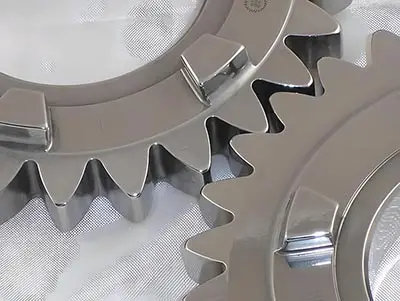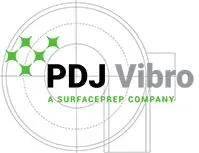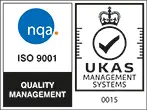In the world of motorsport, every detail matters. The smallest adjustment can be the difference between winning and losing. One such detail is the surface finish of the components used in the vehicles. In this blog, we delve into the world of PDJ Superfinishing, a process that significantly improves the surface finish of components, and how it's making waves in the motorsport industry.

In the world of motorsport, every detail matters. The smallest adjustment can be the difference between winning and losing. One such detail is the surface finish of the components used in the vehicles. In this blog, we delve into the world of PDJ Motorsport Superfinishing, a process that significantly improves the surface finish of components, and how it's making waves in the motorsport industry.
The Magic of PDJ Superfinishing
PDJ Superfinishing is a process that improves the surface finish of a component from 0.3 Ra to 0.03 Ra. This might seem like a small change, but it can have a significant impact on the performance and longevity of the component. The process achieves this remarkable improvement without affecting the component's tolerances, ensuring that the part still fits perfectly within the assembly.
A case in point is Nova Racing, a company renowned for supplying racing gearboxes to the British Superbike grids. At their factory in West Sussex, they employ a pair of vibratory bowl finishing machines from PDJ Vibro to polish nearly all of their gears and shafts after they have been machined and hardened. This process, referred to as PDJ Superfinishing, has led to a major improvement in the quality, appearance, and reliability of their products.
Not to be Confused with Isotropic Processes
While both PDJ Superfinishing and isotropic processes aim to improve the surface finish of a component, they are not the same. Isotropic processes involve the use of a vibratory bowl to create a uniform, non-directional surface texture. However, these processes have a tendency to erode the metal surfaces and alter component tolerances, which can be problematic in industries where tight tolerances are required.
On the other hand, PDJ Superfinishing is a process that involves the use of a vibratory bowl to polish the component, resulting in a significantly improved surface finish. Importantly, the PDJ Superfinishing process does not affect the component's tolerances. This is a critical distinction and a major advantage of the PDJ Superfinishing process.
The Benefits of PDJ Superfinishing
The benefits of PDJ Superfinishing are numerous. For starters, all the component parts have the same highly polished appearance after PDJ Superfinishing, which enhances the overall look of the assembled gearbox. The engraving also shows up better on superfinished parts.
Moreover, superfinished gearboxes last longer. This is because there is less wear on the gear teeth and reduced friction between the bearings and the hard-turned diameters on the input and output shafts. Some customers have even reported a small increase in power when racing, although this is difficult to verify and impossible to quantify.
Another advantage of having polished moving gearbox parts is that the time needed for running-in is shorter. This is a significant benefit as few bikers adhere to the recommended period, and some immediately take it to the track. Therefore, having a gearbox that requires less running-in is a big advantage.

Conclusion
In conclusion, the PDJ Superfinishing process is a game-changer in the motorsport industry. By improving the surface finish of components without affecting their tolerances, it enhances the performance and longevity of the parts, leading to better results on the track. It's a process that should not be overlooked by anyone serious about achieving the best results in motorsport.
For more information on the PDJ Superfinishing process and its benefits, check out the article on Nova Racing's use of the process here.





























